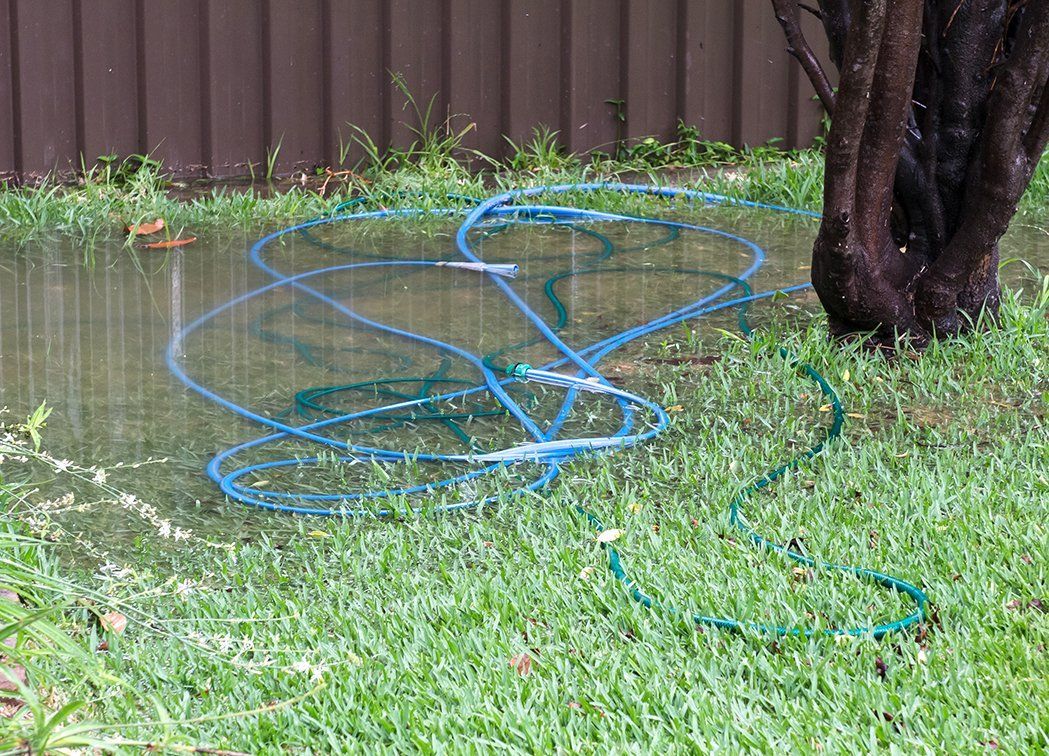3 SECONDARY NUTRIENTS CRITICAL TO PROPER TREE GROWTH
By Admin • April 11, 2018

Adding trees to your home's landscape is an effective way to create interest and provide your yard with some shade. A tree can only serve as an asset when it's healthy. Trees that don't receive adequate nutrients can become brittle or diseased, posing a health and safety risk for you and your family.
Secondary nutrients play a critical role in the development of trees. While many homeowners pay attention to the levels of primary nutrients (nitrogen, phosphorus, and potassium) in their soil, the secondary nutrients are often overlooked.
Ensuring that your developing trees have access to an adequate supply of the secondary nutrients calcium, magnesium, and sulfur will help you establish a more healthy and vibrant landscape around your home.
1. CALCIUM
Calcium is an essential nutrient for cell formation. Plant cells utilize calcium to help create structurally sound walls that aid in the development of new tissue. Since new tissue is the very essence of growth, your trees cannot properly mature without access to a ready supply of calcium.
Plants are unable to transport calcium independently to various branches or leaves. Instead, they rely on the process of transpiration to help create the concentrated supply of calcium needed for proper growth. Calcium in the soil is absorbed by moisture, then this moisture is drawn in through the roots of your trees.
Excess moisture evaporates through the stomata on each leaf, leaving behind the nutrients. It's important that you regularly have the calcium content of your soil checked to ensure that your trees are getting the calcium they need to grow strong and healthy.
2. MAGNESIUM
Homeowners know that plants rely on the photosynthesis process for energy and nutrition. What you might not realize is that magnesium, an important secondary nutrient, plays a critical role in the photosynthesis process.
Magnesium helps to generate chlorophyll, which is the substance responsible for giving your tree's leaves their healthy green color. The magnesium your trees need is obtained from the soil in which they are planted. This magnesium can either be obtained through the transpiration process, or it can enter plant cells through diffusion.
If you allow your soil to become too dry, too cold, or overrun with other secondary nutrients, a magnesium deficiency could compromise the health of your tree. Regular soil tests will help you create an environment that is conducive to the proper exchange of magnesium between your trees and the surrounding soil.
3. SULFUR
Another secondary nutrient that can affect the growth and health of your trees is sulfur. This nutrient also contributes to the development of chlorophyll, and it acts as a building block for the creation of protein chains within a plant's cells. Once sulfur is drawn into a tree through its root system, the sulfur transforms into a sulfate that can easily be transported and absorbed by the tree's cells.
If there is an inadequate supply of sulfur in the soil surrounding the tree, you will likely notice that any new growth will appear to have a yellow tint and growth may be stunted. Adding fertilizers that are rich in sulfur to your soil can help aid in the proper absorption, distribution, and storage of sulfur within your mature trees.
Caring for the trees in your home's landscape requires that you pay close attention to the nutritional value of the soil surrounding each tree. Nutritional deficiencies could negatively affect the growth pattern of your trees, leaving them susceptible to damage, death, or decay.
If you want to make sure that your trees are receiving adequate amounts of secondary nutrients, contact
County Tree Service. We can inspect your trees for signs of nutrient deficiencies and apply micro-injections of nutrients to help address these deficiencies and keep your trees strong.














